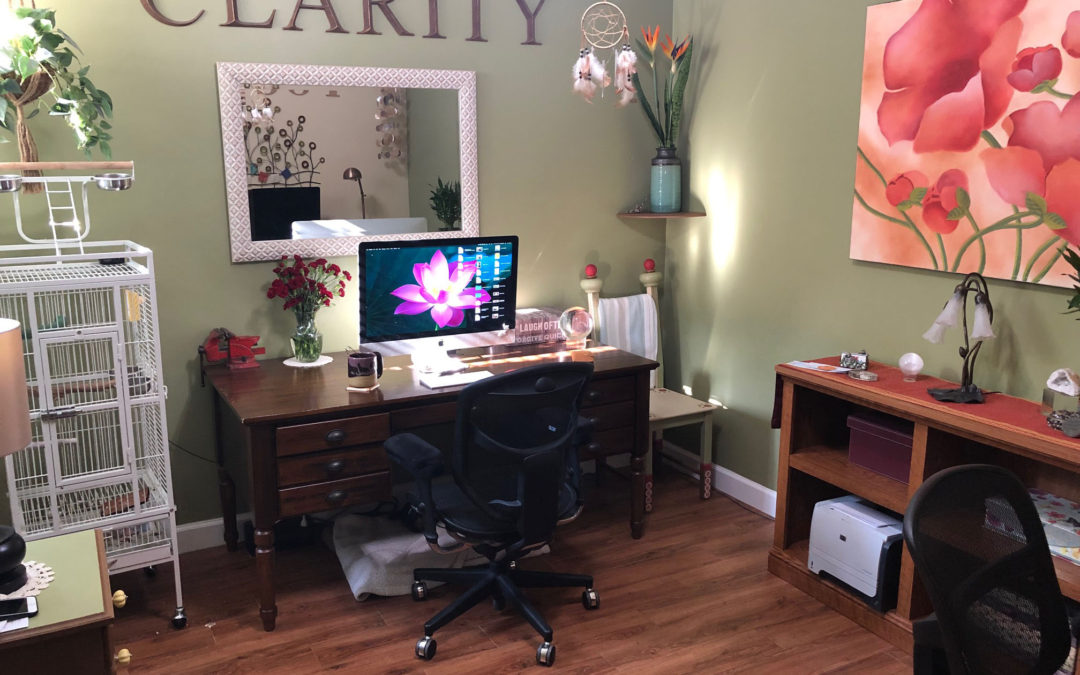Just like a plant needs healthy soil, water, and plenty of sunshine to thrive, your mind needs the right environment to tap into its creative potential. Cultivating a writing environment that is always there for you allows you to keep that momentum that drives you to put pen to paper (or fingers to keyboard) in the first place.
- Decide where you want to write. What “space” do you feel best connects you with your story or message? This “space” can be as minimal as a particular cushion placed anywhere you feel like or as big as your favorite park. It can be outside in a garden or inside in a closet. As long as that space makes you feel like writing, it’s a good writing space. This space is your starting point, like the pot you plant a seed in to help it grow.
- Once you’ve identified your space, you know how much room you have to work with in terms of stimulating your senses to write. You can collect inspiration in a notebook or a shoebox or even fill a room with inspirational things. Try to find at least one piece of inspiration to hit each of your senses. The following are examples of how to target each of your senses to inspire creativity. These sensory stimulants are like the soil in that plant pot we mentioned before.
- Sight: Collect paint chips, stickers, artwork, and so on that stimulates your mind and represents your story or message. Keep these visual aids in your writing space, perhaps on the wall, on a vision board, or in a smash book. You can even utilize a website like Pinterest to build an inspiration board if your writing space isn’t quite so big as an office. Refer to these images when you need to visually describe something or just to put yourself in the mood to write a particular piece.
- Sound: Create a writing playlist. This can include any sounds or songs that inspire you. There are plenty of free and/or affordable music apps and websites available for this purpose. You can also utilize a white noise generator; there are several great apps and websites that offer free and/or affordable white noise auditory environments.
- Taste: Is there a particular drink or a snack that puts you in the mood to write or that helps you feel like you’re in the world you’re trying to build? Everything in moderation, of course, but taste can connect you to a memory or a feeling that can help you feel motivated to write. So if a sip of peppermint tea makes you feel uplifted, keep some on hand for when you want to write.
- Smell: Find a candle, incense, essential oil, or maybe even a natural-scented car freshener—whatever, really—the smell of which makes you feel like writing. Like taste, smell is a powerful memory tool, so choose a scent you associate with positive feelings. A positive emotional state allows inspiration to flood in.
- Touch: Make sure wherever you’re sitting or standing is comfortable enough that you can write for a considerable stretch. This way, if you find yourself really in a flow, you won’t have to stop and adjust, beyond the usual recommended stretching we should all do more often.
- Bonus: Is there a book that made you want to write in the first place? Keep it in your writing environment!
Again, no environment is too small and simple or too big and complex. It’s all about finding a space that makes you want to write and to keep writing once you’ve started.

Recent Comments